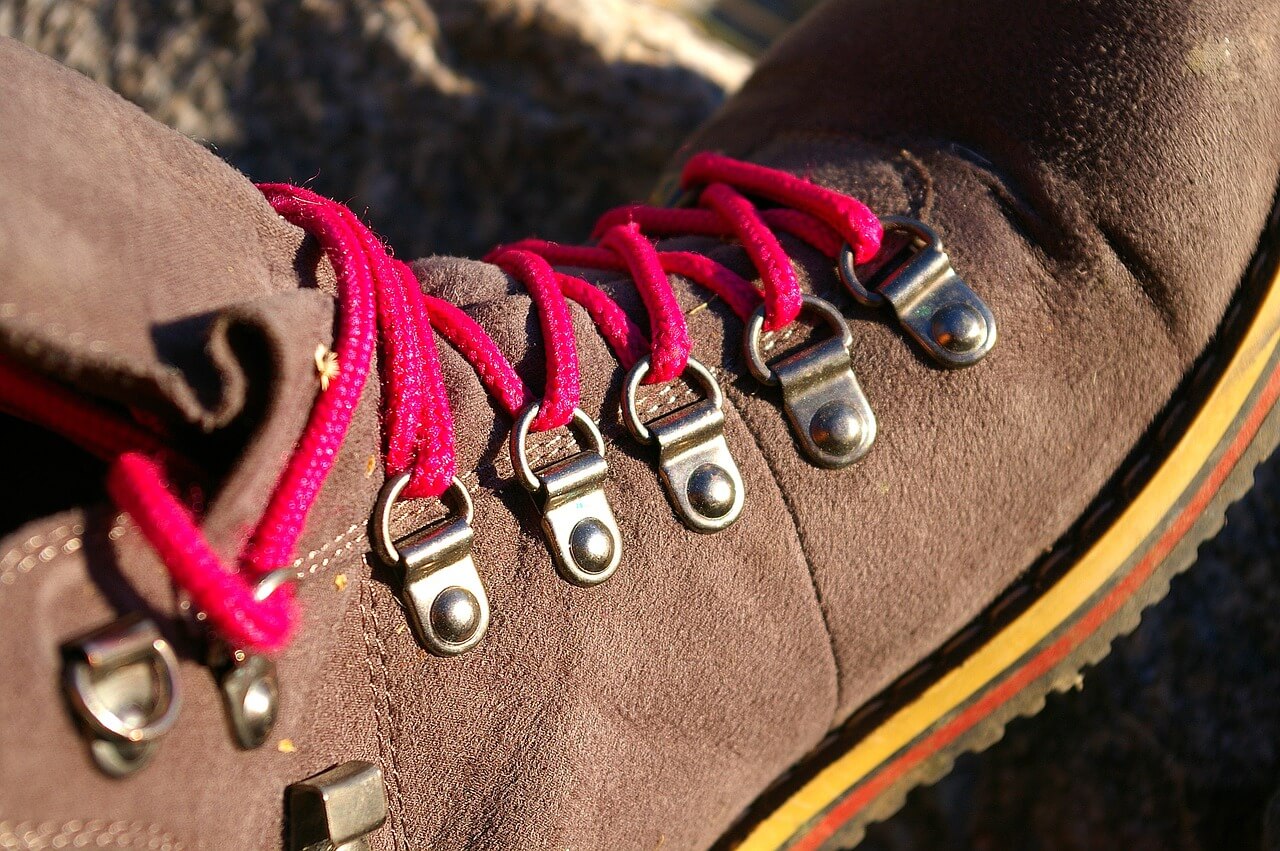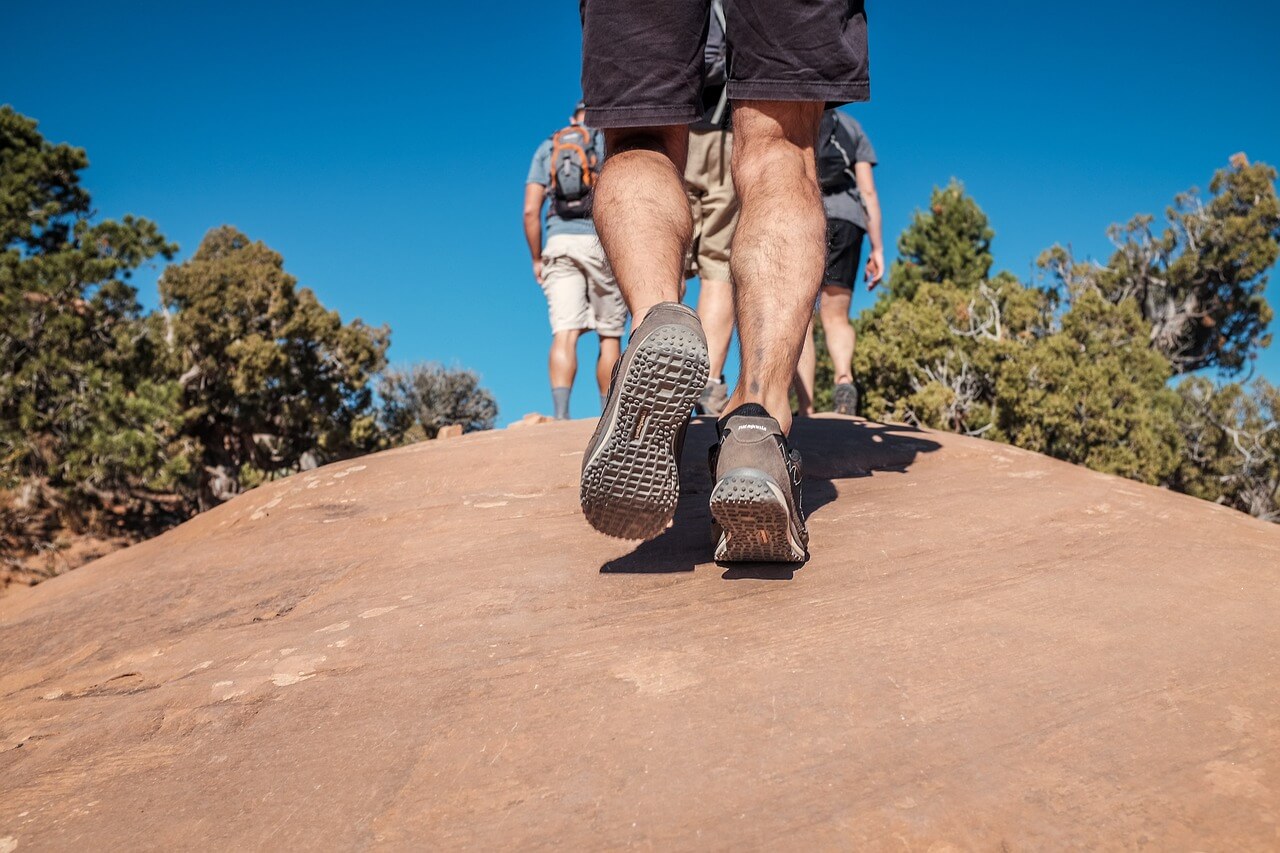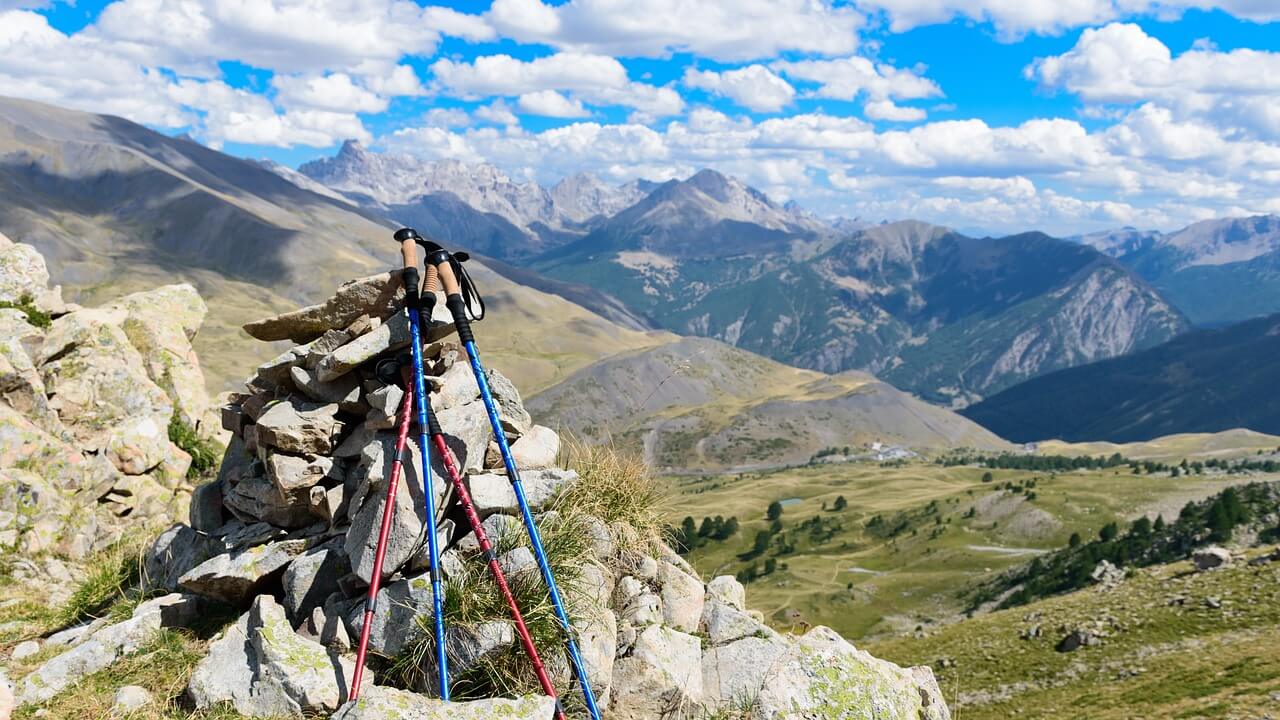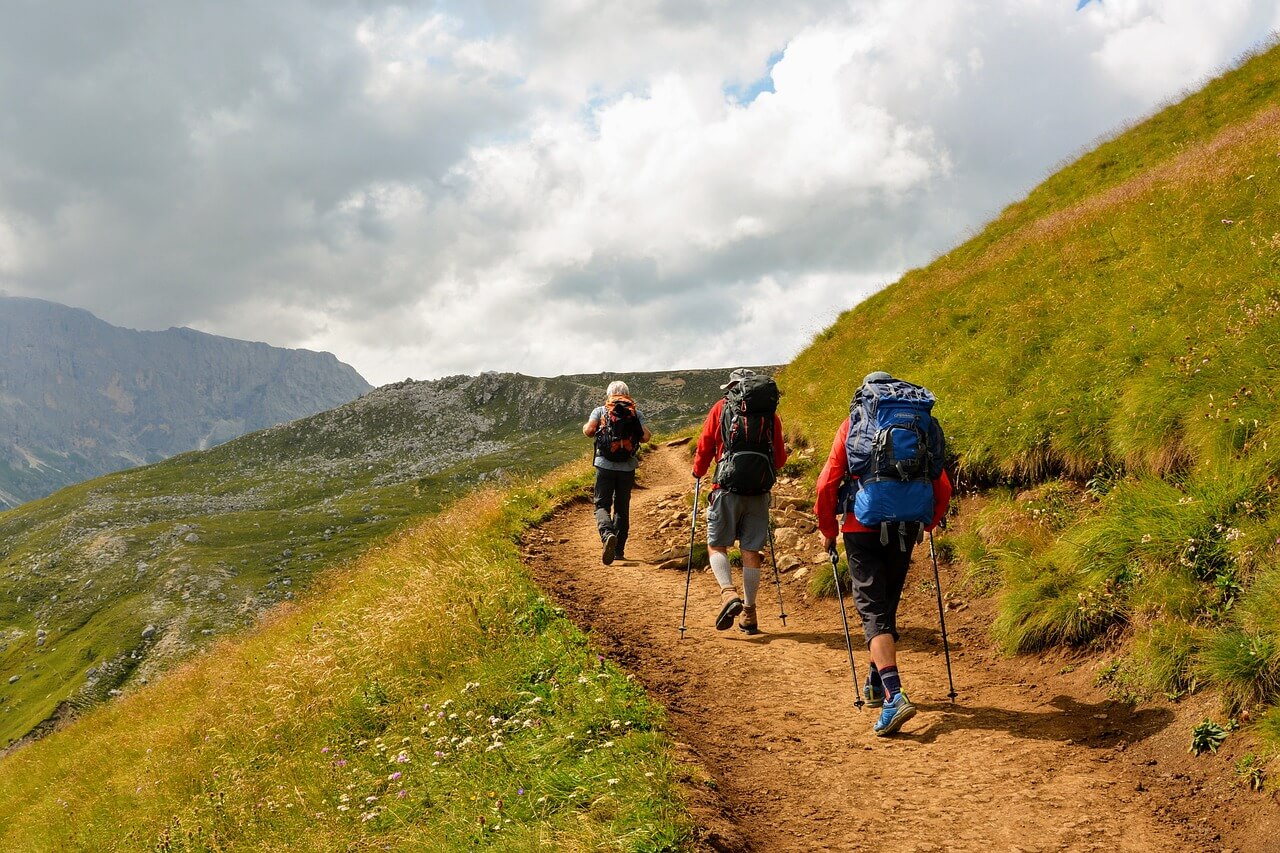

Guide for trekking
How to choose hiking boots
How to choose hiking boots for a successful trek
There are many factors to consider when choosing hiking boots. First, it is important to choose the right type and purpose of hiking boots.
Hiking boots are the first piece of equipment you need to prepare before hiking or trekking. It is important to wear appropriate shoes for different environments.
1. Types of hiking boots
– Trail running shoes : Trail running shoes are classified according to the type of trail. They range from lightweight trail shoes for uniform surfaces to shoes suitable for challenging hiking trails with varied terrain. They have better traction than regular shoes and are very light, but the downside is that the outsole is thin. However, off-trail shoes feature soles that are built to be durable, protect the foot, and provide extreme traction in a variety of unpredictable conditions. The fit of trail running shoes is very important as it affects running. In addition to length and width, it is important to consider factors such as arch shape, foot volume, and overall foot shape.
– Trekking shoes: Trekking shoes range from day hiking shoes to backpacking shoes.
Day hiking boots are light and breathable, making them suitable for short hikes. There are various models from law-cut to high-cut. It is suitable for day hikes or short backpacking trips with a light load. It bends easily and has a short break-in time, but lacks support and durability.
Backpacking hiking boots are more durable and have excellent protection, making them suitable for long-term hiking. Most are high-cut, wrapping around the ankles, and are designed to carry heavy loads on multi-day remote trips. This shoe has excellent support and durability and features a sturdier midsole for rough terrain.
2. How to choose hiking boots size
Choosing a size is very important when purchasing hiking boots. You should try them on while wearing the socks you will use while hiking, and check whether there is adequate space between the toes and the toe of the shoe, and between the heel of the foot and the heel. Considering foot swelling, especially in the evening, it is best to choose ones that are not too tight.
For beginners, it is reasonable to choose day hiking shoes that can be used in everyday life and are less expensive rather than expensive Gore-Tex hiking shoes.
Low-cut or mid-cut hiking shoes are suitable for a variety of environments, and if waterproofing is not essential, it is a good idea to choose hiking shoes made of regular materials rather than Gore-Tex materials.
3. Things to consider when choosing hiking boots
Hiking boots are designed to support a variety of hiking and trekking activities, from light day hikes to long-term treks in rough terrain. Key characteristics that define a good hiking boot include traction, breathability, weight, and cushioning, as well as specific design components to optimize performance, comfort, and durability.
– Traction:Traction is important to prevent slipping and falling on the trail. Typically made of rubber, the sole is designed with lugs to provide stable support on a variety of surfaces, including mud, grass, rocks, and gravel. The pattern and depth of these lugs are important to ensure stability and safety in a variety of terrains.
– Breathability: Breathability is important to prevent moisture from building up inside the shoe, especially in hot climates or during strenuous hikes. Materials used in hiking boots include synthetic fabrics that allow air to circulate and moisture to evaporate, keeping your feet dry and comfortable.
– weight: The weight of the shoe is also important. This is because it has a significant impact on performance and fatigue during long-distance trekking. Light shoes reduce energy consumption, but they are less durable and may reduce the ability to protect your feet.
– cushioning: Cushioning is also important because it absorbs the shock applied to your feet while walking. Midsoles are usually made of materials such as EVA (ethylene vinyl acetate) or nylon to provide comfort and stability on uneven surfaces.
**Reference site** https://camotrek.com/ https://www.rei.com/
4. Hiking boots upper
The upper material of a shoe affects the weight, breathability, durability, and waterproofness of the boot.
– Full-grain leather:Full-grain leather is durable, abrasion-resistant, and waterproof, making it ideal for long-distance travel or long-distance backpacking. However, it has the disadvantage of being light or not breathable. Also, full-grain leather shoes require some time to get used to before starting your trip.
– Nubuck leather: Nubuck leather is a full-grain leather that is treated similarly to suede. It is extremely durable and resistant to water and abrasion but requires sufficient break-in time.
– Synthetic material: Synthetic leather made of polyester, nylon, etc. has the advantage of being light, drying quickly, and low cost. However, it has the disadvantage of being less durable.
– Waterproof membrane: They are usually marked as Gore-Tex or eVent and vary by brand. The upper part of the shoe is waterproof and can keep your feet dry even when wet, but it is not very breathable, so your feet may sweat a lot in hot climates.
5. Midsole and outsole of hiking boots
– The midsole provides cushioning and serves to absorb shock from the ground. The hard midsole also provides comfort and stability when walking on rocky and uneven terrain for a long time. Common materials are EVA and polyurethane.
EVA is softer, lighter, and cheaper. EVA of various densities is used to provide partially solid support.
Polyurethane is hard and durable.
– The outsole, designed to prevent slipping on various terrains, is made of rubber. There are designs such as a lug pattern with bumps to increase traction and a heel brake to reduce slipping. Vibram is especially famous for the outsoles of hiking and outdoor shoes. It is highly durable and has excellent grip, so it is often used by many famous brands.
6. How to care for boots
After hiking, remove contaminants with a soft cloth or brush and store them. If your shoes get wet, dry them in a well-ventilated shade to prevent them from deforming.
The Gore-Tex membrane is thin, so it can be damaged by foreign substances, reducing its waterproof function. You should regularly keep the inside of your shoes clean to prevent damage to the membrane. It is recommended to use an anti-proof/water-repellent treatment once every 3 months or 10 times.
**Avoid drying leather shoes in the sun as this can cause shrinkage and deformation of the leather.




